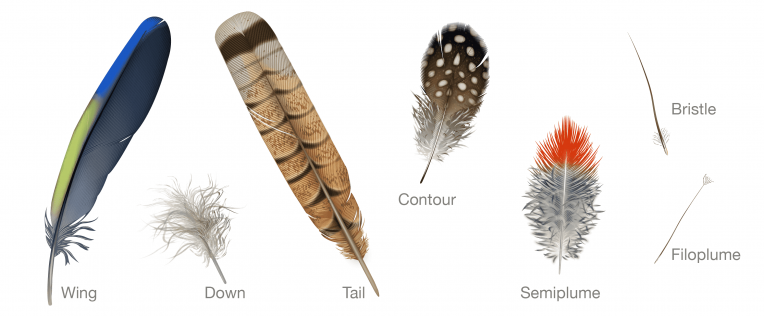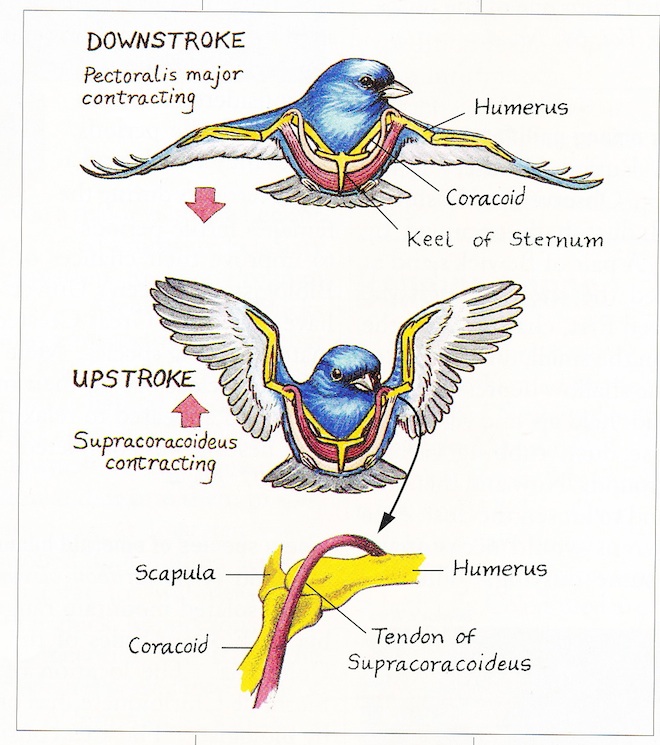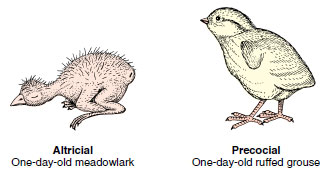We have now reached one of my favourite animals to learn about: BIRDS!
I love taking photos of birds and observing their behavior because they are all so unique with the way they do things, but at the same time there are characteristics which they do have which smashes them into this group!
So what actually makes them so unique?
- Feathers!
No other know species have feathers which is pretty much a defining characteristic of birds. - Forelimbs = wings
- Hind limbs = walking
- Keratinized beak
- Lays eggs
Ancestry

Birds are dinosaurs! Or at least their ancestors are dinosaurs.
They rose from the Theropod dinosaur with both of them having a single occipital condyle. This is to integrate information with the upper most vertebrae and it also allows for better movement.
They also lay amniotic eggs which are similar to the reptiles which contain amnion for embryo development and other egg delights.

Birds have also developed a lighter pneumatized bone which is honey combed. This bone is not soft however, it is still able to provide rigidity and support!

They have a long mobile S shaped neck which their ancestors also had and this allows movement.
They have fused clavicles (also known as wish bones) called furcula which have unknown reasons for emerging but it is believed that it acts as a spring. They also have wrist bones which can flex the wrists sideways while rotating.
There is a tridactyl foot which has 3 toes facing forwards an one facing the other way.
They have digitigrade posture where the toes are the ones who are support the weight of the whole animal.
The glenoid fossa is a hole where the humerus articulates with the pectoral girdle was moved laterally to allow an up and down movement.
Archaeopteryx lithographica

This is a bird reptile which was from the Cretaceous period which have characteristics of reptiles and birds.

They have beaks with jaws and teeth which resemble the crocodile (believed to be closest related to birds in reptiles), but they also have claws. These claws however did not allow perching and are therefore primitive of the birds.
There is a long tail which has been greatly reduced in birds.
The biggest feature however are the asymmetrical wings. This is what birds have in order to fly! The feathers though were evolved before flight and were once symmetrical.
I should talk about these feathers because it is a huge deal!
Adaptation for flight

Birds have developed asymmetrical feathers which are responsible for aerodynamics. They are able to give lift.

The vane on the feather covers the barb which has barbules on there. This is multi layered. The shaft holds all the feathers, while the structure which is at the bottom which holds the whole feather together is known as the quill.
There are different types of feathers, and the wing feathers which we have been discussing are known as contour.
Down feathers are messy and symmetric (meaning it is not used for flying). These feathers are under the contour which are used to keep the bird warm.
Filoplume feathers are used solely for decorative and sexual means. It is sexually selected in order to attract the ladies.
The feathers and scale are homologous structures, which means that two different animals have bones that looks similar in form or function and may be actually related.
Skeleton

The skeleton of the bird has so many cool features! I may be getting a bit teary eyed here.
The skull of the bird is light and fused to provide rigidity and it is also kinetic with an upper jaw hinge. They have a beak which is keratinized with no teeth.
 The neck of a bird is not fused as this is needed for looking around the environment, but the vertebrae is fused to provide rigidity. There is a structure known as a synsacrum which is part of the vertebrae which is known as the pelvis of a bird. Attached at the end of this is the pygostyle which is the reduced tail.
The neck of a bird is not fused as this is needed for looking around the environment, but the vertebrae is fused to provide rigidity. There is a structure known as a synsacrum which is part of the vertebrae which is known as the pelvis of a bird. Attached at the end of this is the pygostyle which is the reduced tail.
We previously discussed how the clavicle is fused so no need to discuss further. I will mention the sternum though as this is SUPER IMPORTANT for the attachment of flight muscles. Another thing which helps with flight is the uncinate processes which is provides strict structure to help with efficient wing flapping and keep it strong.
Their feet have also evolved to be able to perch and grip, which can be used to grap prey or to help build a nest.
Wings

They have muscles in their wings to help them fly. They have the supracorocoideus muscles which help raise the wing while the pectoralis helps move the wings down for take off. This is important to lift the bird.

The wings move similar to an airplane where the inner part (secondary area) provides the most lift while the primary area provides the most thrust. The thrust is important for maintaining flight.
The alula which is located on the thumb helps direct the air and reduce the turbulence. This helps them fly at lower speeds without actually stalling and glide.
Food time
The salivary glands are poorly developed when it comes to enzymes but there is mucous to moisten food. Some species have a crop but all have a stomach (proventriculus) which secretes gastic juice to break down food. The gizzard contains keratinized plates which grind food up.
The food then enters the intestine and there is paired caeca in it to help digestion.

Here are the different beaks which birds have to help with different adaptation.
Circulatory system
There is a pulmonary and systemic circulation, and the ventricles are completely divided. The blood pressure works in a similar way to mammals where it can flow fast through the body. They also have erythrocytes which are nucleated and biconvex.
Breathing

Flying requires a lot of energy and oxygen so respiration has to be modified in order to help cope with this.
They have two full cycles of breathing in order to function, with the inhalation meaning the air sacs fill and the exhalation meaning that air sacs empty and the lungs fill.
The first inspiration enters from the trachea and enter the posterior sac.
The first expiration then enters the parabrochi in the lungs.
The second inspiration then causes the air to travel into the anterior air sacs, and the second expiration releases the air as exhalation.
Poo/pee time

There is metanephric kidneys with glomerulus to help with filtration. The kidneys have poor concentration ability, so the bladder is used for retaining water.
Birds release uric acid instead of pee in order to concentrate the waste products and retain water.
Other than excreratory, some sea birds have a salt gland which is located near the face in order to get rid of excess salt which can occur from drinking sea water or eating seafood.
Brain

Birds have a well developed brain and they have been known to be very smart with some birds like crows being able to use tools etc.
Ears
They have ears similar to reptiles where they have a tympanum at the surface of the skin which leads to the single ear bone columella and this transmit vibrations to the cochlear.
Some birds have muscles attached to the columella in order to decrease noise such as the woodpecker.
Eyes

Birds have good vision with structures such as a fovea to have better acuity.
There is also a pecten which is a vascularized organ belonging to the choroid in the eye.
Sexy time

Birds are generally socially monogamous with one breeding mate, however it has been found that they can be sexually polygamous. There are birds which are socially polygamous.
The male reproductive system is interesting as in the non breeding season the testes are small but when breeding season occurs the testes enlarge up prepping for breeding.
In the females there is an ovary and left oviduct, and there is vestigal oviduct which is also known as a cloaca.
When the two sexes copulate they press their cloacas pressed together.
They lay their eggs in nests but it can vary where it can be on the ground or they build a nest on the tree with resources in the environment.
Types of babies

- Precocial development
The chicks in this group hatch with developed eyes and downy feathers, and they are able to run and swim immediately. The types of birds includes ducks and fowl.
The advantages to this is that the chicks are able to feed and escape predators all by themselves. - Altricial development
The chicks in this group hatch without eyes or a lot of features. They are unable to leave the nest so they depend entirely on their parents.
The advantages are that there is fast development of young and small paternal investment. There theories though that suggest that the environment can provide them with nutrients and allow them to further grow.
Now that I have moved onto the land with the reptiles, I will talking about the last topic now of this series. The group that we as humans are in: MAMMALS.
